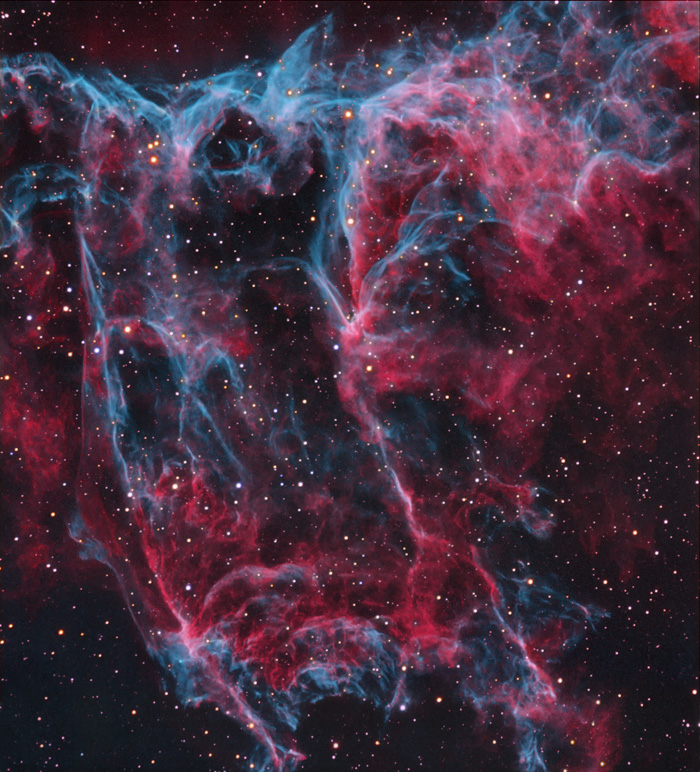Credit & Copyright (image and text): Céline Richard
[attachment=1]Pilier géodésique, at the OBSPM.jpg[/attachment][/i]
This picture, taken from the roof of the historic building of the Observatory, in Paris, a “pilier géodésique” marks the prime meridian, before the Greenwhich meridian was taken as a worldwide reference. Beyond the Observatory are two domes : one is the Panthéon, where Foucault used a pendulum to demonstrate the rotation of the Earth in 1851 (left), and the other is a Church inside the Val de Grâce Hospital (right). [attachment=0]View of Paris, from the OBSPM.jpg[/attachment][/i]
Why wasn't the Observatory of Paris built on the hillock of Montmartre, at the North of Paris, while most earth observatories are built at high altitudes? In this picture, taken from the roof of the Observatory in the South of Paris, we see the Senate, before the hillock of Montmartre. Although in 1667, the Church of Sacré-Coeur still did not exist on the hillock, the architect Claude Perrault (a brother of the famous story-teller Charles Perrault), member of the Royal Academy of Science, set the foundations of the Observatory in the southern countryside, in order to avoid the clouds of coaldust from the former little city of Paris. Indeed, at this time, the Parisians used to cook and heat their homes with charcoal. Nowadays, the historic building of the Observatory belongs to the inner city, which keeps growing.

